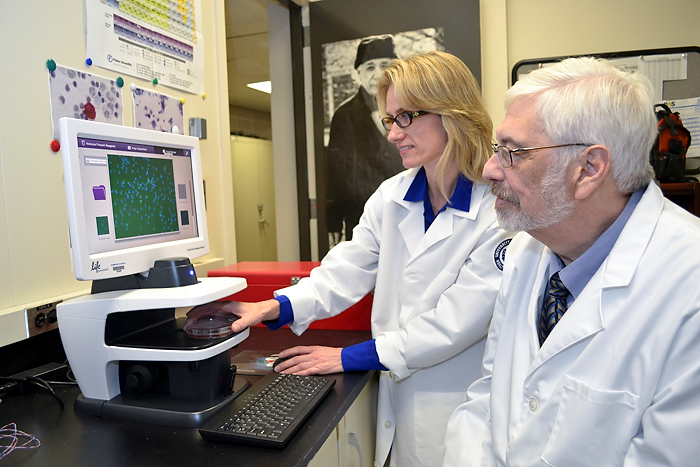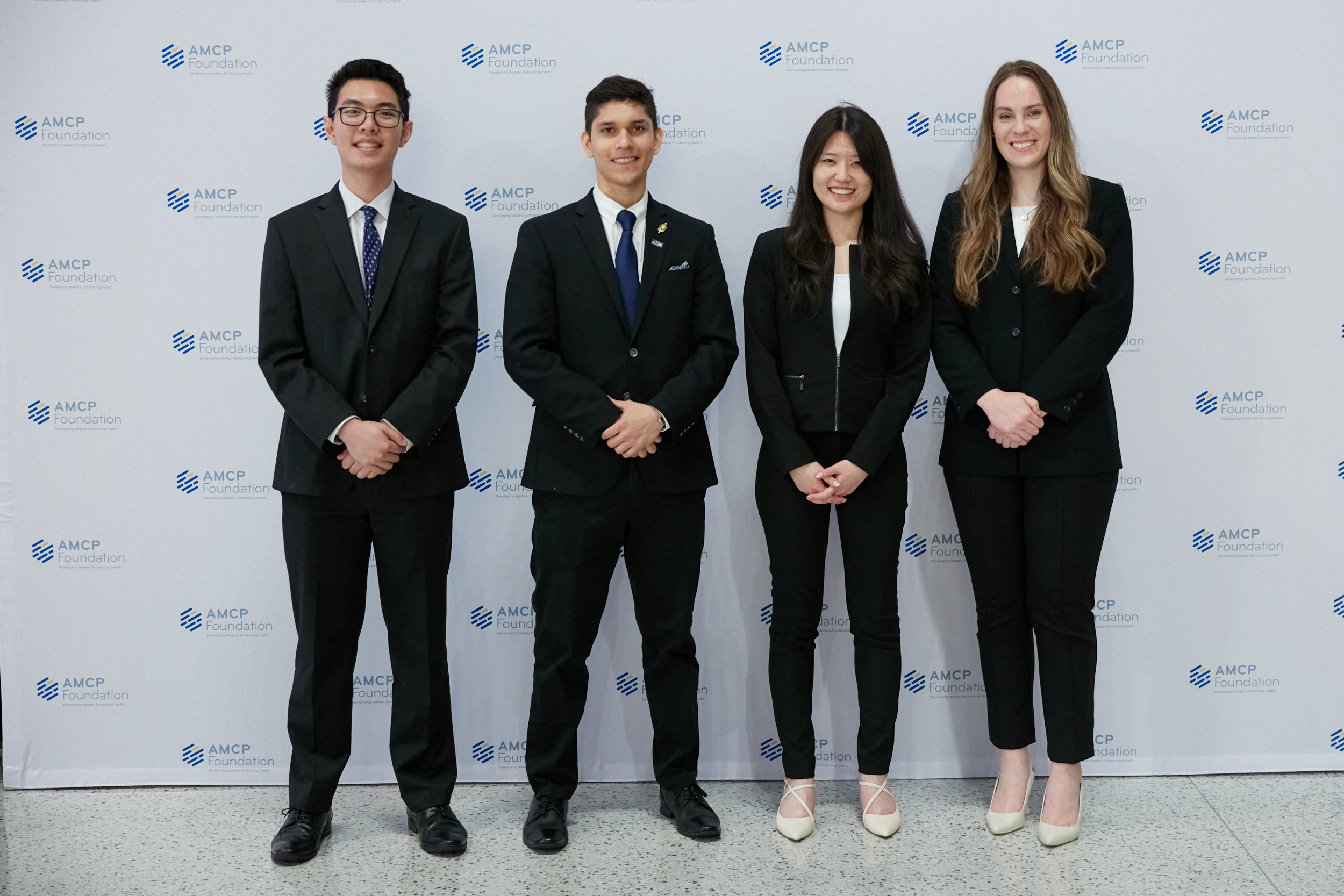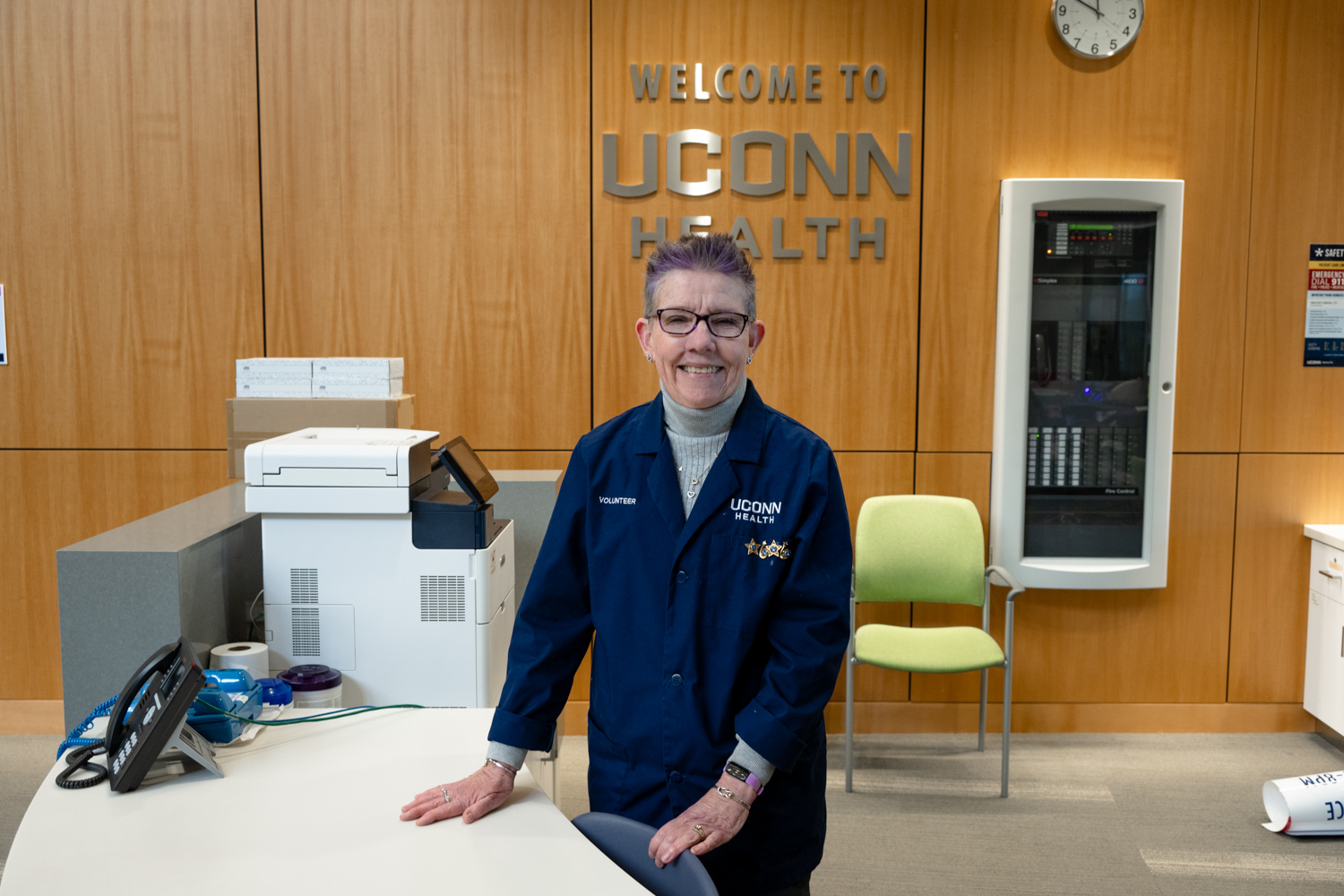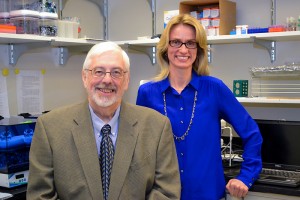
A company founded by two University of Connecticut Health Center faculty members has been awarded a grant of nearly $1 million to develop pioneering technology to treat diabetes – and serves as a prime example of bioscience innovation, a key component of the statewide Bioscience Connecticut initiative.
Ulrike W. Klueh, associate professor of surgery, and Donald L. Kreutzer, professor of surgery, founded Cell and Molecular Tissue Engineering, LLC, after licensing the original technology developed in their university laboratories. Their project, which involves improving implants in the body that monitor blood sugar (glucose sensors) in people with type 1 diabetes, received a three-year, $996,000 grant from the Leona M. and Harry B. Helmsley Charitable Trust.
“Diabetes is a devastating disease that controls your daily life,” Klueh says. “It’s called the silent death because having it doesn’t really hurt, but the complications can be deadly. This is where the sensor comes in.”
In type 1 diabetes, the pancreas is unable to make insulin, a hormone that regulates the amount of glucose, or sugar, in the blood, which the body needs for energy. It is different from type 2 diabetes, in which the body makes insulin but cannot use it properly.
People with type 1 diabetes must receive precise amounts of injectable insulin. For decades, this has involved pricking a finger for a blood sample and using an external monitor to measure the glucose level in order to guide insulin injections. But researchers today are refining an artificial pancreas – an innovative device that uses an implanted sensor to continuously monitor blood glucose and provide appropriate insulin doses.
Benefits of new technology
The benefits of this technology are tremendous, the researchers explain. “Picture just seeing a few quick scenes from a movie and then having to tell what the movie was about,” Klueh says. “You wouldn’t be able to do that. You would need to watch a lot of scenes to tie the story together. Monitoring blood glucose is the same concept. With continuous readings, now you are really watching the movie.”
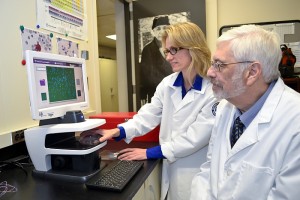
Blood glucose levels can vary significantly over a short time period, affected by factors such as what people eat or their level of activity. If glucose is too high or too low, symptoms can include blurred vision, confusion and loss of consciousness, among many others. This can be especially dangerous for people who are driving a car, for example, because of the risk for an accident, or for those who live alone, because untreated symptoms in an unconscious person could lead to death.
Keeping tighter control over blood glucose levels not only reduces worry in people with diabetes – and the parents of children with diabetes – but also lowers the risk of serious diabetes-related complications such as heart disease, kidney disease, blindness and amputation due to circulation problems. This can keep people healthier while reducing the staggering health care costs associated with the disease.
How it works
With the artificial pancreas, the sensors that measure blood glucose communicate the readings to the implanted insulin pump, which uses this information to deliver the right amount of insulin or to stop delivering it as glucose levels rise. “The ultimate goal of this technology is to give patients with diabetes freedom so that they don’t have to think about their diabetes all the time,” Kreutzer explains. “Tighter control equals better quality of life and extended life.”
The technology is remarkable, but there are problems that Klueh and Kreutzer are aiming to fix. Because a sensor is implanted, the body sees it as a foreign object and will attack it. “The body’s goal is to destroy or entomb it with scar tissue, like it would with a splinter in your hand,” Kreutzer says. “But if the body attacks the sensor, the sensor stops functioning. From a biological standpoint the body is doing what it’s supposed to be doing, but we are working to find ways to keep the body from attacking the sensor. We also can’t risk getting a false reading because that could be a life threat.”
So their work involves finding ways to camouflage the sensors using coatings of naturally occurring polymers developed from the body’s own proteins. They began by identifying specific proteins that the body did not attack and then developed coatings of these proteins that could be layered over implantable devices such as the glucose sensors, so that the body’s natural defenses would not cause the sensors to malfunction.
These natural coatings are also being tested on other implantable devices such as meshes used in reconstructive surgery to determine if they can improve the performance of these devices in the body. Testing this technology in animal models has yielded promising results.
Prime example of bioscience innovation
Of more than 100 applications submitted to the Helmsley Charitable Trust, Klueh and Kreutzer’s application was among only seven that were selected for funding. The researchers developed the technology for the polymer coatings at the Health Center and have licensed the technology from the university.
Their work is an early example of the promise of Bioscience Connecticut, the state’s plan to jumpstart its economy by generating long-term, sustainable economic growth based on bioscience research, innovation, entrepreneurship and commercialization. The goal is to harness the state’s research resources and, at the same time, secure the UConn Health Center’s future as a leading academic medical center.
Follow the UConn Health Center on Facebook, Twitter and YouTube.
